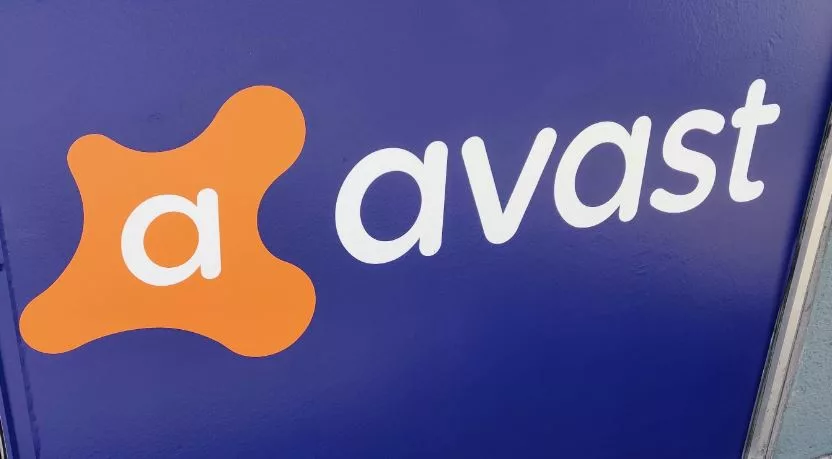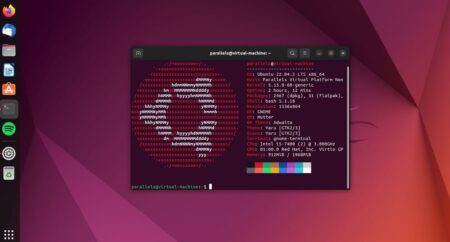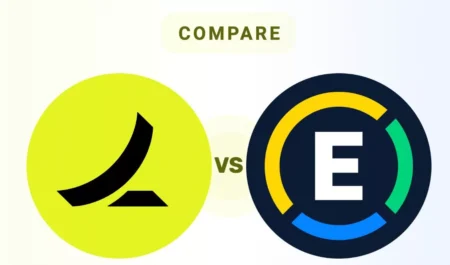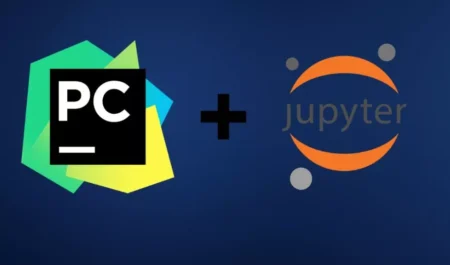6
There are two prominent cybersecurity solutions: Panda and Avast. Each of these solutions offers a unique set of capabilities. With its lightweight design and cloud-based scanning, Panda has a low impact on the system, making it a great choice for customers that place a high value on efficiency. Avast, on the other hand, offers full security by providing a wide range of functions consisting of antivirus, firewall, and phishing protection. This software is designed to cater to those who are looking for thorough defence.
Avast stands out because to its extensive feature set, in contrast to Panda, which has an emphasis on simple operation and efficient use of resources. The choice between them is determined by the preferences of the users, whether they place a higher value on lightweight protection and simplicity (Panda) or complete security features (Avast). Both of these programmes offer dependable protection against cyber threats that are adapted to the specific requirements of the user.
Panda vs Avast Comparison Table
When it comes to cybersecurity, Panda and Avast are equally vital solutions because they provide powerful protection across a variety of platforms. Both put an emphasis on compatibility and support for several devices, which allows them to meet the requirements of consumers for protection that is consistent throughout their digital world.
| Feature | Panda | Avast |
|---|---|---|
| Compatibility | Windows, macOS, Android, iOS | Windows, macOS, Android, iOS |
| Multi-Device Support | Yes | Yes |
| Customer Support | Live chat, email, extensive online resources | Support portal, community forums, direct contact channels |
| visit website | visit website |
Panda vs Avast: Performance and System Impact
Despite the fact that Panda and Avast have different approaches to speed optimisation, they are both highly regarded for their ability to protect PCs from malicious software and other forms of cybercriminal activity. In order to provide complete security while minimising the amount of system resources that are used, Panda prioritises a method that is both lightweight and efficient.
On the other hand, Avast offers protection that is both robust and versatile, but that can occasionally result in a somewhat higher impact on the system due to the advanced features it implements. Panda is a good option for users who want security that is streamlined and has a low impact on the system. On the other hand, Avast is a good choice for users who are looking for extensive capabilities and are ready to bear a slightly greater system load. Both of these options guarantee dependable protection against cyber threats that are adapted to the preferred preferences of different users.
Panda vs Avast: User Interface Comparison
Navigation, accessibility to features, and usability are all substantially impacted by the user interface, which has a big impact on the whole experience. Panda is distinguished by its minimalistic and user-friendly interface, which prioritises user-friendliness by utilising a streamlined layout to facilitate simple access to specific features. In contrast, Avast has a user interface that is loaded with features, which may appear to be overwhelming to consumers who are looking for simplicity.
Avast may be difficult to use for certain people due to its complexity, despite the fact that it offers a wide range of capabilities. By placing an emphasis on simplicity, Panda improves usability for users who place a higher priority on clear navigation. On the other hand, Avast’s comprehensive approach caters to consumers who prefer a wide range of capabilities despite having a possibly more complicated interface. To a large extent, the decision is determined by the interests and priorities of the individual.
Panda vs Avast: Customer Support Comparison

It is essential to have prompt and efficient customer service when selecting a cybersecurity solution. This will ensure that problems are resolved in a timely manner and provide users with reassurance. Through live chat, email, and extensive online resources, Panda provides support that is both informed and knowledgable about the subject matter.
In a similar vein, Avast provides a wide range of help options, such as a specialised support portal, community forums, and direct contact channels. Both places a high priority on customer happiness by providing support channels that are easily accessible and helpful. This gives consumers the assurance that they can rapidly fix any problems or complaints that they may experience. In addition to contributing to the trustworthiness and dependability of the cybersecurity solution, the provision of customer assistance that is responsive to users’ needs improves the overall user experience.
Panda vs Avast: Compatibility and Platform Support
Panda and Avast place a high priority on compatibility across a wide range of operating systems and devices, which guarantees that customers’ digital ecosystems are protected without any interruptions. Both solutions have multi-device support, which enables users to protect all of their devices under a single licence.
These solutions support platforms such as Windows, macOS, Android, and iOS. Users are able to experience consistent protection across their whole range of devices thanks to this all-encompassing strategy, which not only improves convenience but also ensures that security requirements are uniform regardless of the operating system or device that they use.
Which is better?
Individual needs are the primary factor in determining which antivirus software, Panda or Avast, is superior. In addition to its lightweight design and cloud-based scanning capabilities, Panda places an emphasis on simplicity and minimum influence on the system. Users who are looking for substantial defence can benefit from Avast’s comprehensive protection system, which includes phishing protection, firewall protection, and antivirus protection.
Despite the fact that Panda is superior in terms of simplicity and performance, Avast distinguishes out due to the extensive feature set it offers. The decision is dependent on the preferences of the user, with Panda being an excellent option for customers who place a high value on lightweight protection, and Avast being suitable for people who require a wider variety of security capabilities. At the end of the day, both provide dependable protection against cyber dangers that may be adapted to meet the varied requirements and tastes of users.
Panda: The good and The bad
Information provided by employees of Panda Restaurant Group regarding the company’s culture, pay, perks, work-life balance, management, and job security
The Good
- Knowledgeable assistance provided
- Extensive online resources available for self-help
The Bad
- May lack some advanced support features compared to Avast
Avast: The good and The bad
Indeed. Antivirus software like Avast is reliable and offers a satisfactory level of protection against threats. A large number of features are included in the free edition.
The Good
- Complete assistance with a portal and community forums
- Direct contact channels for quick issue resolution
The Bad
- Support options might be overwhelming for some users
Questions and Answers
What is better than Avast?
In tests by AV-Test, Norton got a Top Product award and scored 100% in both protecting against zero-day malware and finding malware. AV-Comparatives has also given it an Advanced+ grade, the same as Avast. Norton doesn’t lack in any way when it comes to features either.
Is Panda Antivirus good?
Panda has a good (but not great) antivirus scanner with a lot of tools and prices that are easy to work with. It did well in most of my tests and has a nice user design that shows off all of its features.
You Might Be Interested In










Leave a Reply